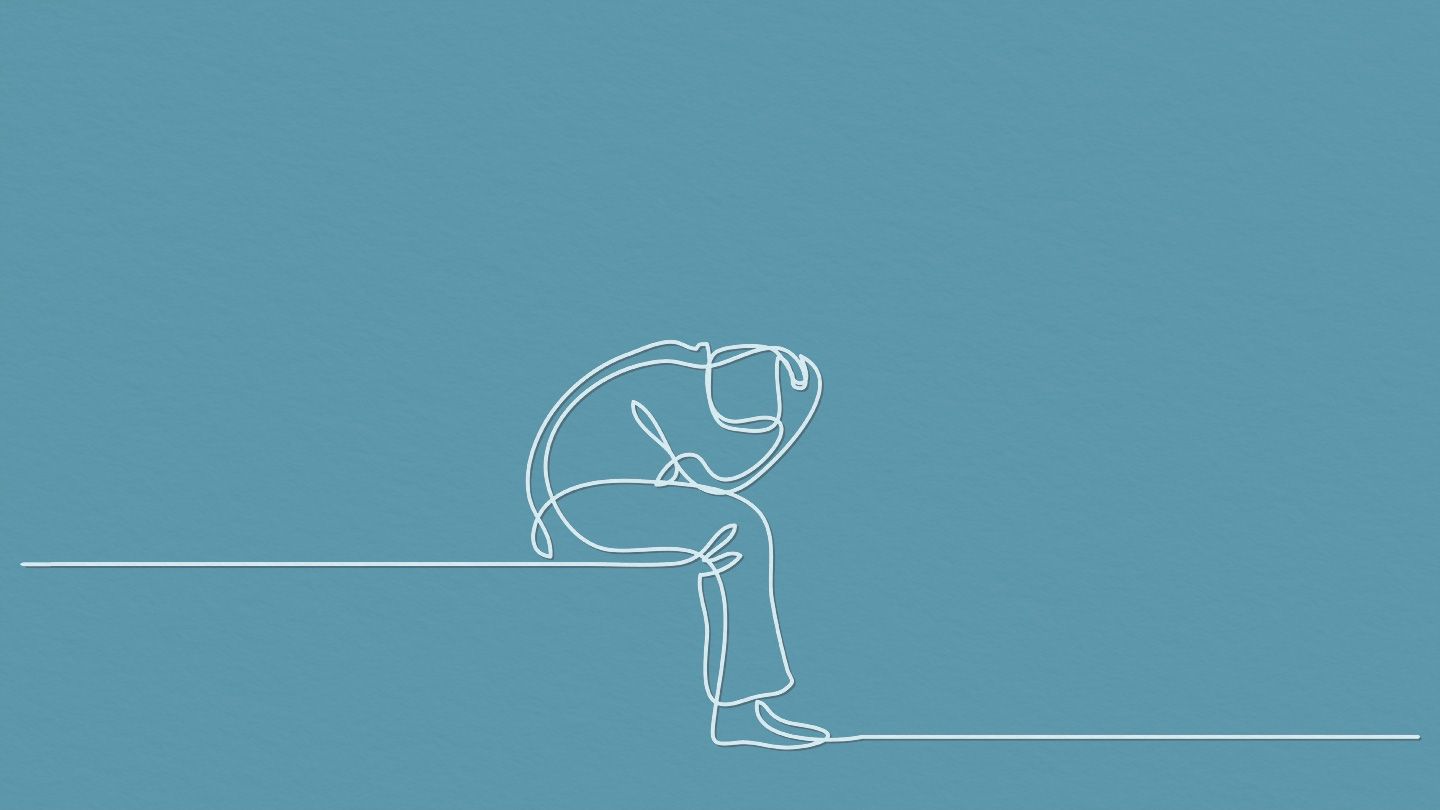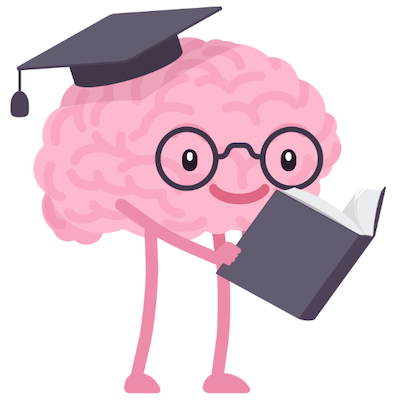Depression and Autism in Adolescent Girls: Understanding the Connection
February 8, 2025 - Reading time: 6 minutes

Having been a psychologist for more than 15 years, I know firsthand just how hard it can be for adolescent girls to deal with depression. But what many miss is an essential nexus between depression and ASD.
Introduction to ASD in Girls
Autism has been characterized primarily in terms of social communication deficits and repetitive behaviors, primarily with male-oriented diagnostic criteria. ASD, however, looks different in girls. They may hide their difficulties through social camouflaging or internalising their struggles, making their condition less detectable. This means there is no support at all for many autistic girls and worse yet, their mental health declines.
Key Statistics
Research supports these observations that autistic adolescents (especially females) are at substantially increased risk for experiencing depressive symptoms compared to neurotypical peers. Studies show that:
- Between 40% and 50% of autistic girls have depression
- Compared with 20% and 25% of neurotypical girls
Longitudinal Research Findings
In a longitudinal study of 244 youth (140 with ASD and 104 neurotypical), the depressive symptoms of autistic females were significantly elevated in early adolescence. Interestingly, these symptoms generally decreased during middle adolescence, unlike neurotypical girls, whose depression rates typically increased during that period.
This suggests that autistic girls may experience depression during transitional periods, like puberty, when social and sensory needs are not being met. It further highlights the need to treat these issues early to avoid chronic emotional distress.
Depression in Autistic Adolescents: Prevalence Study
Young women want to be understood by their neurotypical peers and refrain from being viewed as 'different'. Research estimates that 40–50% of autistic adolescent girls experience depressive symptoms, relative to 20–25% of their neurotypical peers. These statistics highlight that clinicians and educators should consider depression a potential marker of undiagnosed ASD.
Sex Differences in Phenotype and Time to Diagnosis
Why Are Autistic Girls Underdiagnosed?
The clinical manifestations of autism spectrum disorder (ASD) in females may differ profoundly from males and contribute to delayed diagnosis. Although boys with ASDs are more likely than girls to display "externalizing" behaviours (for example, hyperactivity or aggression), girls, over-represented in high-functioning subtypes, tend to show more "internalizing" symptoms like anxiety, depression or extreme social withdrawal.
Social Camouflaging and Its Role
One reason why autistic girls are underdiagnosed is that autistic girls are capable of "social camouflaging." This includes:
- Learning to mask autistic traits
- Mimicking peers' social behavior
- Rehearsing conversational scripts
- Dampening sensory sensitivities
While these strategies enable autistic girls to safely navigate social environments, they come at a significant emotional price, frequently resulting in increased anxiety and depression.
Social Dislocations as One Cause of Depression
The Influence of Peer Relationships
The teenage years come with heightened social expectation and peer pressure, which can be especially difficult for girls on the spectrum. Difficulties of social communication, with an acute awareness of social exclusion, often result in feelings of inadequacy and depression.
Mechanisms of Biology and Environment
The Role of Puberty
Puberty is a crucial time for all teenagers, but it brings special difficulties for autistic girls. Biological alterations like hormonal changes and accelerated onset of puberty have been demonstrated to increase emotional sensitivity and susceptibility to depression.
Environmental Stressors
- Academic Pressures: A rigid schedule and sensory overstimulating environments can make autistic girls feel like a failure, leading to despair.
- Family Dynamics: Family members not understanding or supporting you can escalate feelings of loneliness and frustration.
Clinical Implications and Future Directions
Addressing Diagnostic Gaps
- Create screening tools sensitive to ASD for depression that also incorporate metrics of social communication and sensory processing.
- Educate health professionals on the more subtle signs of ASD in females, including social camouflaging and internalizing symptoms.
Intervention Strategies
- Behavioral Activation: Engagement in mood-enhancing, enjoyable activities to prevent social avoidance.
- Emotion Regulation Training: Teaching the ability to cope with intense emotions when they arise.
- Peer Support Programs: Establishing safe spaces in which autistic girls can engage with peers who understand their experiences.
Future Research
Future longitudinal studies will help clarify the relationship between ASD and depression over time, especially among its diverse population. And culturally relevant diagnostic tests and interventions need to be created so that autistic girls of all backgrounds can access appropriate care.
Where depression in teenage girls is the matter, and not least the matter with respect to spectrum, this is an incredibly complicated and inter-woven topic. It is vital to understand the dynamic between social challenges, biological changes and diagnostic delay. With an emphasis on improving detection, application of autism spectrum disorder-sensitive screening tools and a holistic approach that includes long-term interventions, clinicians are better positioned to care for this unique patient population.
This article is based on clinical experience and current research in the field of autism spectrum disorders and adolescent mental health.

